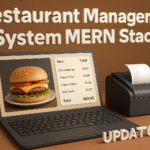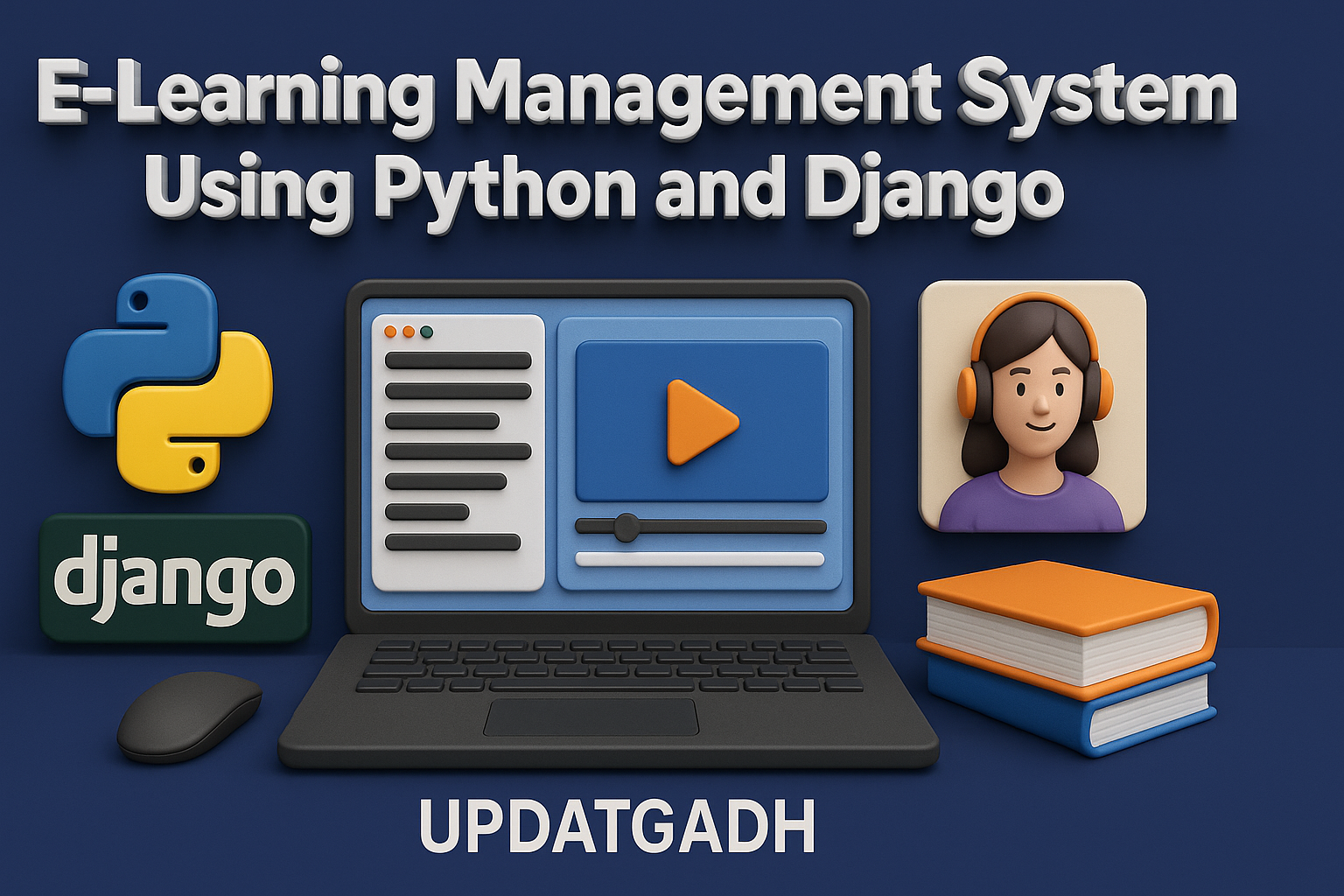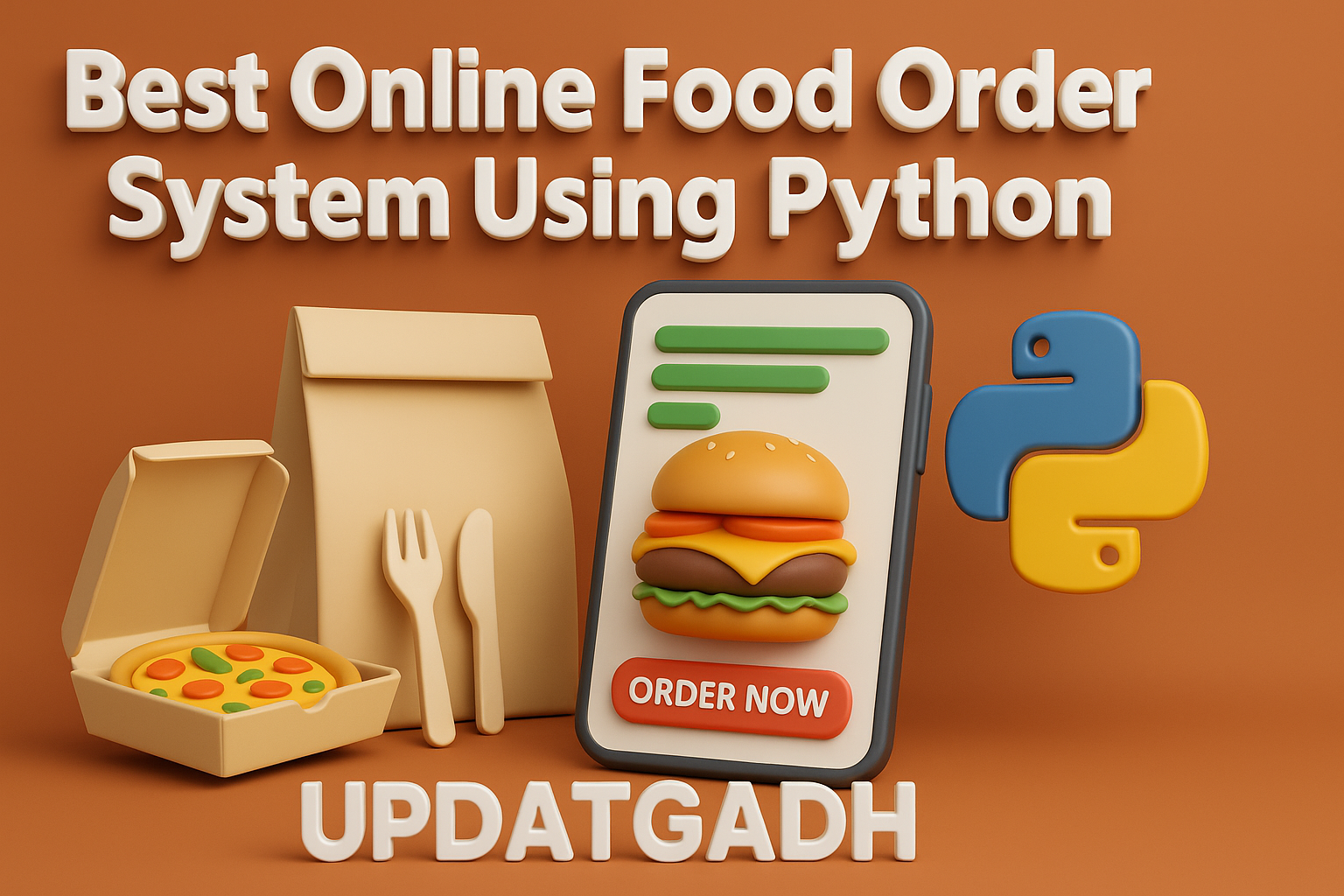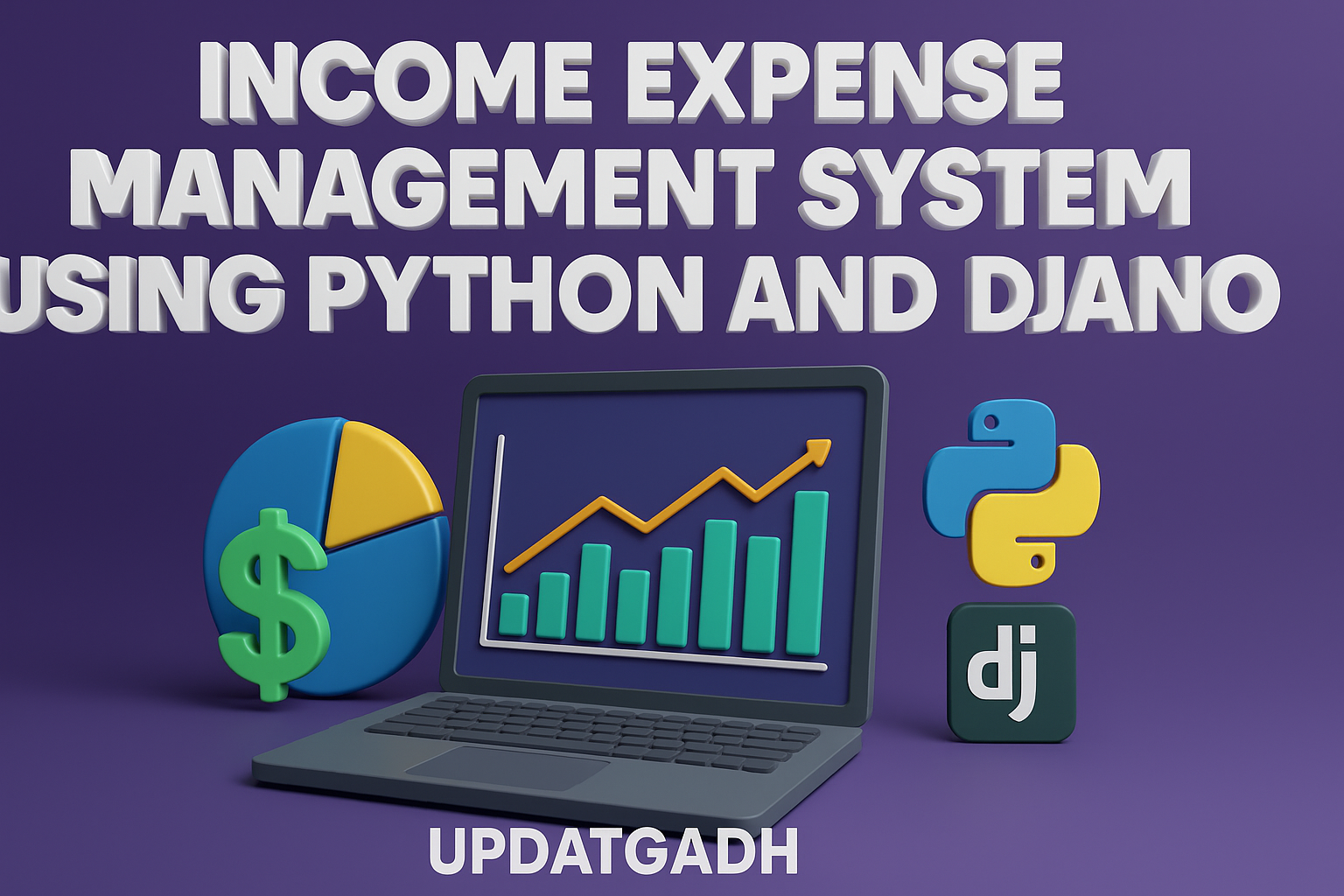
E-Commerce Website in Django with Source Code – Paid Project
E-Commerce Website
Project Overview
The Virtual E-commerce Website project is a web application designed to demonstrate how online shopping platforms work in real life. It provides users with a list of products that can be browsed and purchased directly through the website. To make the shopping experience smoother, the system includes a shopping cart feature, where users can add items they like before proceeding to checkout. Once the products are selected, the order goes through a confirmation process, ensuring everything is properly managed.
The backend of the system is built using Django, a popular Python web framework, which handles product management, user authentication, and order processing. On the frontend, web technologies like HTML, CSS, and JavaScript are used to create a clean and interactive interface. The project also uses a database to store product details, user information, and order history, allowing quick retrieval and secure transactions.
For students, this project serves as an excellent way to learn the fundamentals of web development, database integration, shopping cart logic, and user authentication in Django. It also reflects real-world applications, giving practical exposure to how e-commerce platforms like Amazon or Flipkart function on a smaller scale.
Overall, the Virtual E-commerce Website Project is both practical and educational. It helps students understand the flow of an online shopping system while also preparing them for building more complex business applications in the future.
Project Details
| Attribute | Details |
|---|---|
| Project Name | Online Shop |
| Language Used | Python (Django) |
| Database | SQLite |
| Type | Web Application |
| Developer | updategadh.com |
| Project Type | Paid Project |
Download New Real Time Projects :-Click here
Available Features
-
Separated Development and Production Settings
The project is built with separate configurations for development and production environments. This ensures smoother testing during development and more secure, optimized performance when deployed live. -
Example App with Custom User Model
A custom user model is included in the project, allowing better control over user data and authentication. This is a useful feature for scaling the application and tailoring user roles in the future. -
Bootstrap Static Files Included
The frontend uses Bootstrap, giving the system a responsive and mobile-friendly design. This makes the website visually appealing and easy to navigate for users on any device. -
User Registration and Login System
Customers can create accounts, log in securely, and manage their shopping activities. Authentication ensures data security and provides a personalized experience for each user. -
Separated Requirements Files
The project includes separate requirements files for dependencies, making it easier to install and manage packages in different environments. -
Top Products with Star Rating
Products can be rated with a star system, helping users identify the most popular or highly recommended items. This feature enhances the shopping experience by showcasing customer preferences. -
Related Products
When users view a product, the system displays related products that might interest them. This increases engagement and helps customers find more items easily. -
Most Viewed Products with IP Middleware
The website keeps track of product views using IP middleware. This allows the system to highlight the most viewed products, giving visibility to trending items. -
Product Search
A search functionality is available that lets users quickly find products by name or keyword. This makes navigating through the catalog much faster and more convenient. -
Product Tagging with Taagit
Products can be tagged with keywords or categories using taagit, making it easier to organize items and improve search results. -
User Order History
Customers can view their past orders through a dedicated order history section. This helps users keep track of their purchases and makes re-ordering easier.
Getting Started
Step 1: Purchase the Project
This is a paid project. Please contact updategadh.com for pricing and purchase details.
Step 2: Create and Activate a Virtual Environment
virtualenv env --no-site-packages
source env/bin/activate
Step 3: Install Dependencies
pip install -r requirements.txt
Step 4: Configure Database
Create a PostgreSQL database and update settings.py:
DATABASES = {
'default': {
'ENGINE': 'django.db.backends.postgresql',
'NAME': 'db_name',
'USER': 'name',
'PASSWORD': '',
'HOST': 'localhost',
'PORT': '',
}
}
Step 5: Run Migrations
python manage.py migrate
python manage.py makemigrations
python manage.py migrate
Step 6: Create Admin Account
python manage.py createsuperuser
Step 7: Start the Development Server
python manage.py runserver
Now, open localhost:8000 in your browser to view the application.
e commerce website templates e commerce website example e commerce website project e commerce website name e commerce website in india e commerce website design e commerce website free E-Commerce Website USING Django top 10 e-commerce websites E-Commerce Website in Django










Post Comment